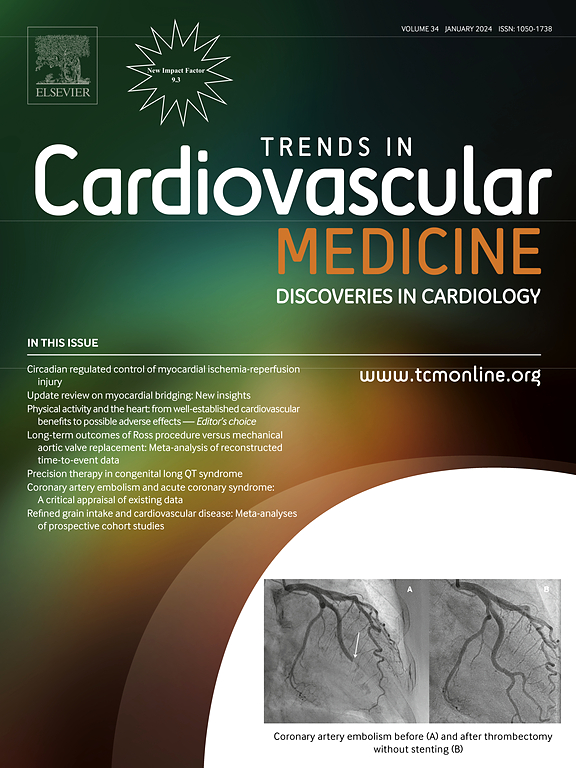Quinidine for ventricular arrhythmias: A comprehensive review
IF 7.3
2区 医学
Q1 CARDIAC & CARDIOVASCULAR SYSTEMS
引用次数: 0
Abstract
Quinidine, the first antiarrhythmic drug, was widely used during the 20th century. Multiple studies have been conducted to provide insights into the pharmacokinetics and pleiotropic effects of Class Ia antiarrhythmic drugs. However, safety concerns and the emergence of new drugs led to a decline in their use during the 1990s.
Despite this, recent studies have reignited the interest in quinidine, particularly for ventricular arrhythmias, where other antiarrhythmics have failed. In conditions such as Brugada syndrome, idiopathic ventricular fibrillation, early repolarization syndrome, short QT syndrome, and electrical storms, quinidine remains a valuable asset. Starting from the European and American recommendations, this comprehensive review aimed to explore the various indications for quinidine and the studies that support its use. We also discuss the potential future of quinidine, including the necessary research to optimize its use and patient selection. Additionally, it addresses the imperative task of mitigating the iatrogenic burden associated with quinidine usage and confronts the challenge of ensuring drug accessibility.
奎尼丁治疗室性心律失常:全面回顾
奎尼丁是第一种抗心律失常药物,在20世纪被广泛使用。多项研究对Ia类抗心律失常药物的药代动力学和多效性进行了深入研究。然而,安全问题和新药的出现导致它们的使用在20世纪90年代下降。尽管如此,最近的研究重新点燃了人们对奎尼丁的兴趣,特别是在其他抗心律失常药物失败的室性心律失常方面。在Brugada综合征、特发性心室颤动、早期复极综合征、短QT间期综合征和电风暴等情况下,奎尼丁仍然是一种有价值的资产。从欧洲和美国的建议出发,本综合综述旨在探讨奎尼丁的各种适应症和支持其使用的研究。我们还讨论了奎尼丁的潜在未来,包括优化其使用和患者选择的必要研究。此外,它解决了减轻与奎尼丁使用相关的医源性负担的紧迫任务,并面对确保药物可及性的挑战。
本文章由计算机程序翻译,如有差异,请以英文原文为准。
求助全文
约1分钟内获得全文
求助全文
来源期刊

Trends in Cardiovascular Medicine
医学-心血管系统
CiteScore
18.70
自引率
2.20%
发文量
143
审稿时长
21 days
期刊介绍:
Trends in Cardiovascular Medicine delivers comprehensive, state-of-the-art reviews of scientific advancements in cardiovascular medicine, penned and scrutinized by internationally renowned experts. The articles provide authoritative insights into various topics, encompassing basic mechanisms, diagnosis, treatment, and prognosis of heart and blood vessel disorders, catering to clinicians and basic scientists alike. The journal covers a wide spectrum of cardiology, offering profound insights into aspects ranging from arrhythmias to vasculopathies.
 求助内容:
求助内容: 应助结果提醒方式:
应助结果提醒方式:


